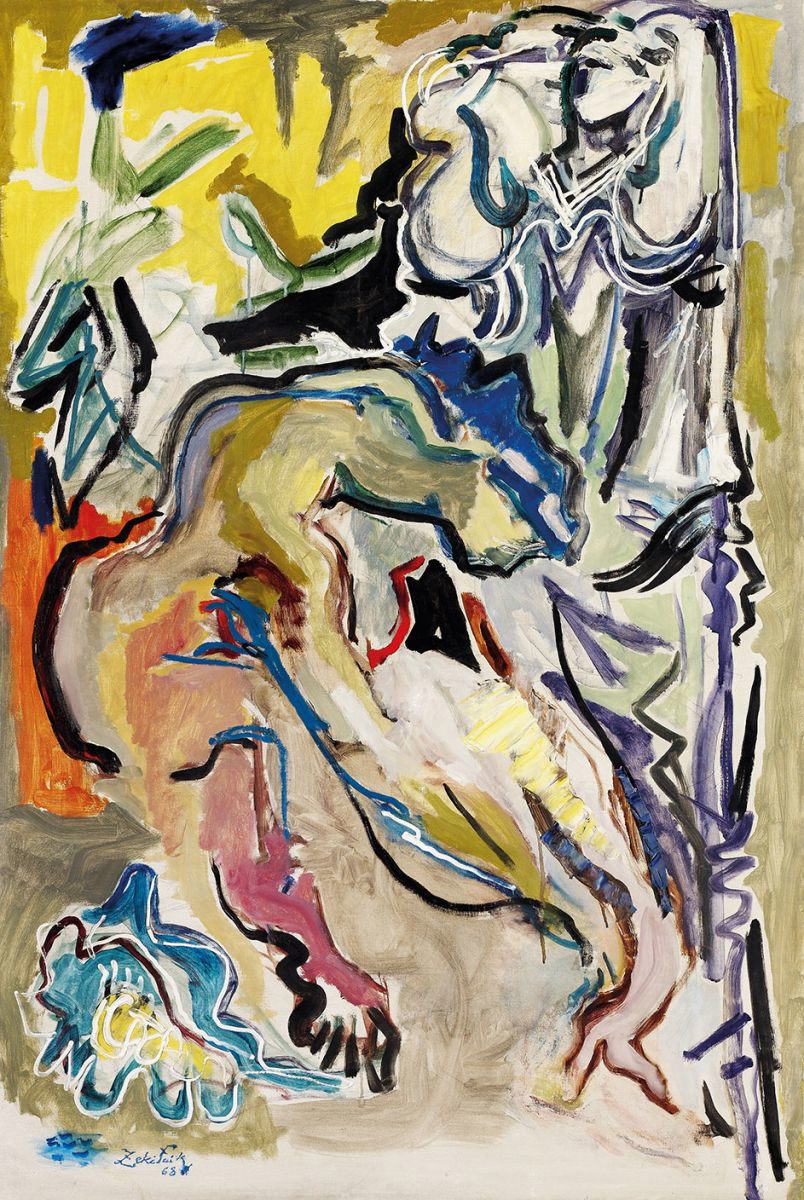- Open Today: 10.00–18.00
- Ticket
- Shop
- Membership
- TR EN

Zeki Faik İzer, 1905-1988
Statue of Jean Goujon and Model, 1968
Zeki Faik İzer enrolled at the Academy of Fine Arts in 1923 and later graduated from the studio of İbrahim Çallı. In 1928 he went to Paris, where he worked in the studios of André Lhote and Othon Friesz until 1932.
He was one of the founders of the d Group (1933) and during this period produced paintings in the Late Cubism style that was characteristic of the entire group. He maintained his ties with Paris and frequently returned in order to keep up with the latest artistic developments. When abstract art came to dominate the Parisian art scene from 1945 to1960 its impact can be seen in İzer’s work, although his greatest influences seem to have been Roger Bissiére and Alfred Manessier, Paris’s leading names in non-figurative painting. İzer’s paintings during the 1950s are characterized by vigorous brushstrokes, whilst his post 1960s work in the Lyrical Abstract style see him interpreting nature through rhythmic and melodic brush strokes.
In “Statue of Jean Goujon and Model”, dated 1968, a model and the figure of Goujon can be vaguely discerned. However, during these years Zeki Faik İzer produced works that showed an abstract tendency.
Painting
Oil on canvas
Istanbul Museum of Modern Art Collection
Eczacıbaşı Group Donation